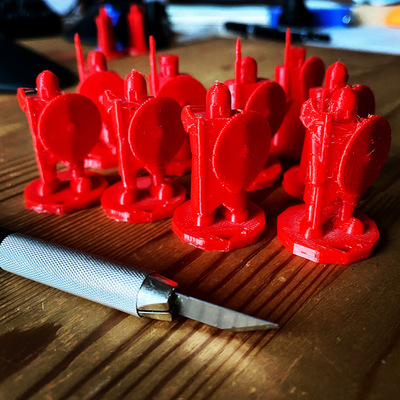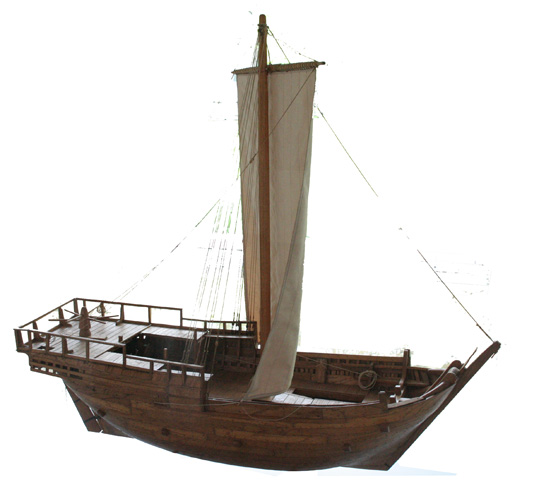
|
Clinker Built |
| 2021-08-26 |
Clinker Built

The usual ttrpg medieval fantasy world warps chronologically where land meets sea. The characters start on land in something resembling Ivanhoe and in the port, they're greeted by ships out of Pirates of the Caribbeans.
It makes it easy for the players, and it's about fun, they are not going through a history exam. They are travelling through fiction worlds they can relate to.
What about the referee? Is it a sin to present a world anachronistically patched? Not all the players at the table are history majors, those that are, are referees at their own table and they probably don't mind relaxing and seeding vanilla fantasy worlds to their players avoiding to impose on them excessive accuracy.
But still, if as a referee you demand a little more of yourself, and track naval developments from the longship and the knarr, wondering how Saxons crossed the Channel, then look at the cog, the carrack, the caravel.
The research article Bayonese cogs, Genoese carracks, English dromons and Iberian carvels: Tracing technology transfer in medieval Atlantic shipbuilding is worth every second of reading.
It's easy to get lost in all this knowledge, but it can help a referee present a fictional world with more depth: trade wars, wars, technological races, races between traders and pirates, ...
The whole knot of medieval naval history is worthy of consideration. It is varied, colourful, and adaptable. Let's not skip it and switch to Pirates of the Caribbeans as soon as the adventuring party sets foot in a port town.
